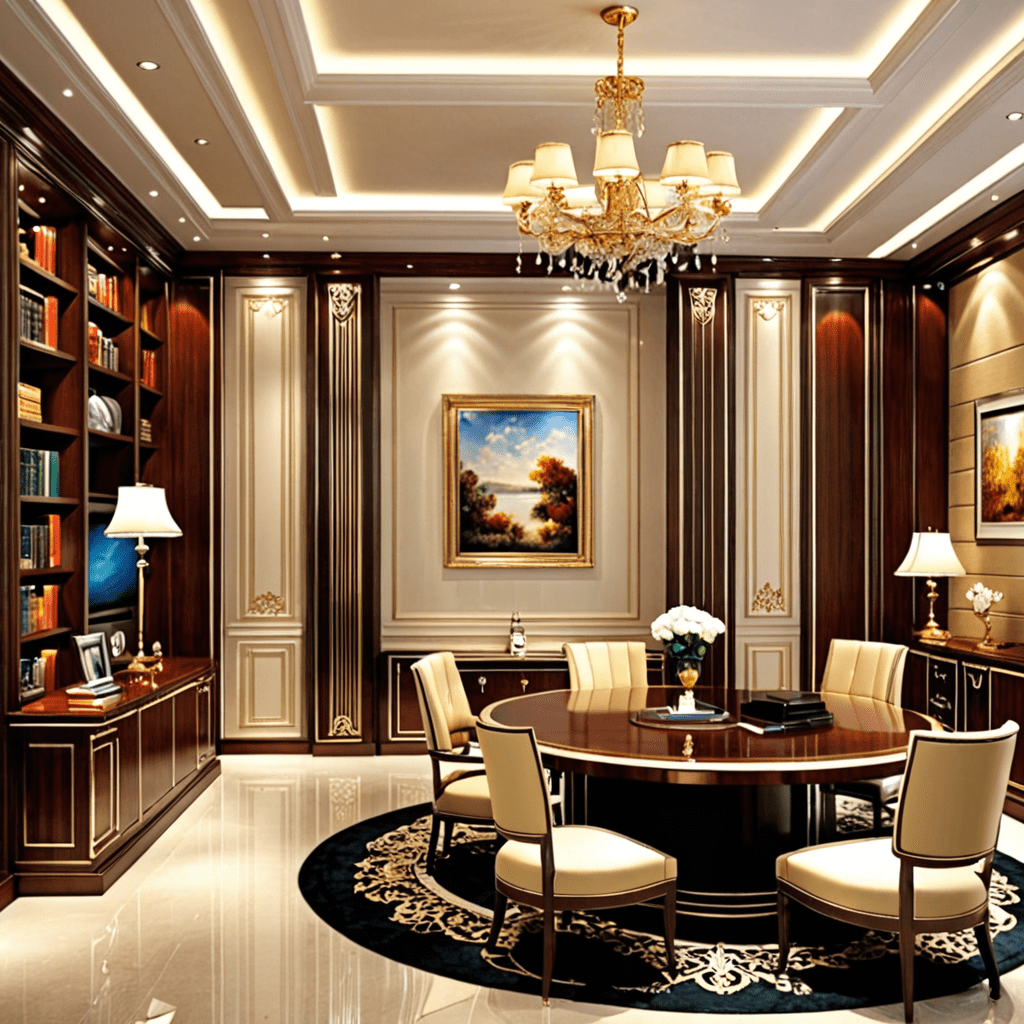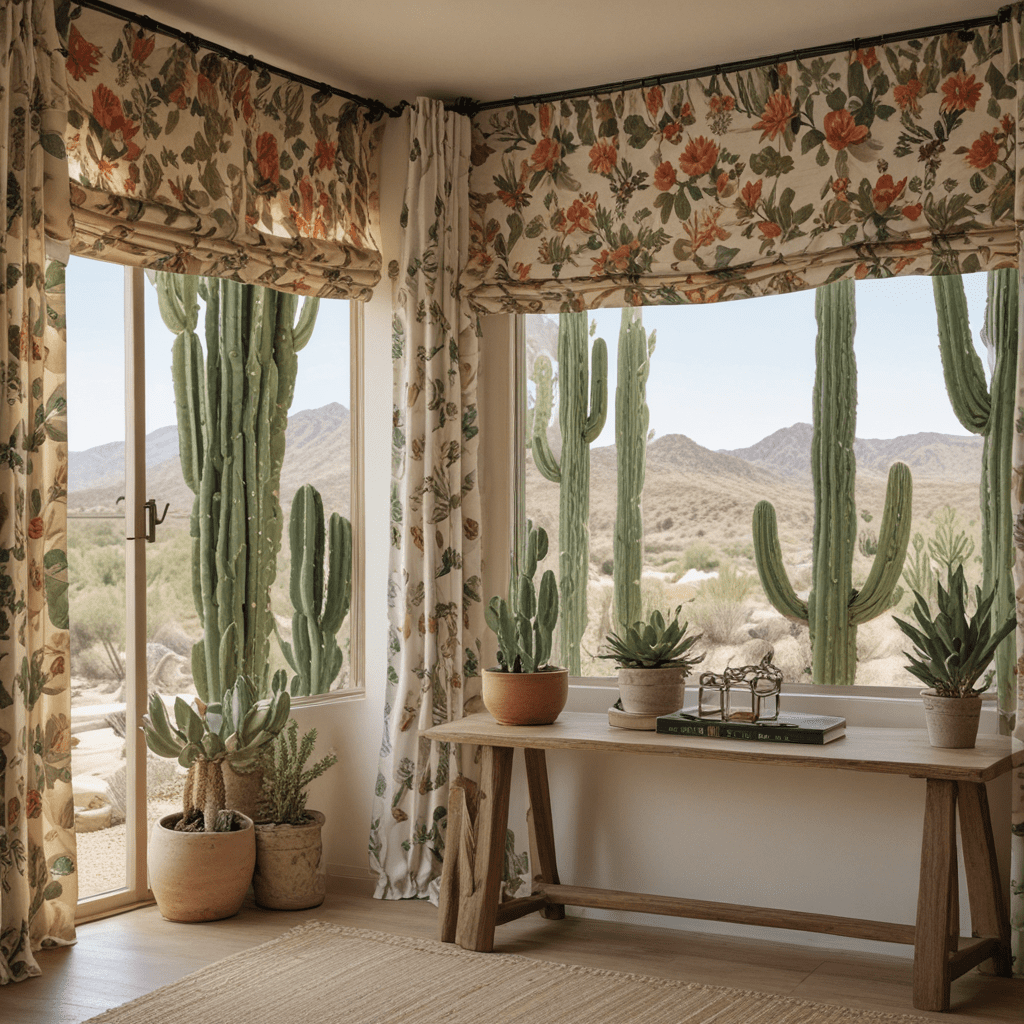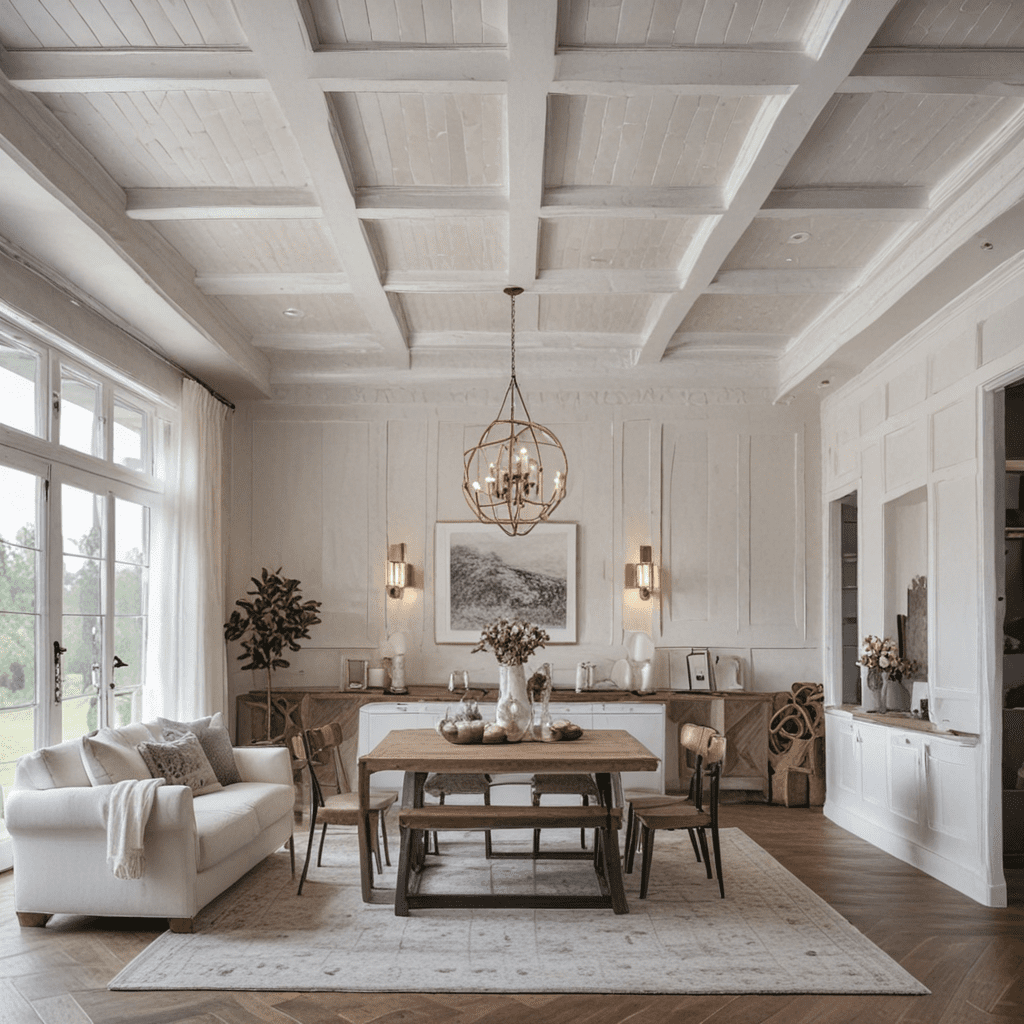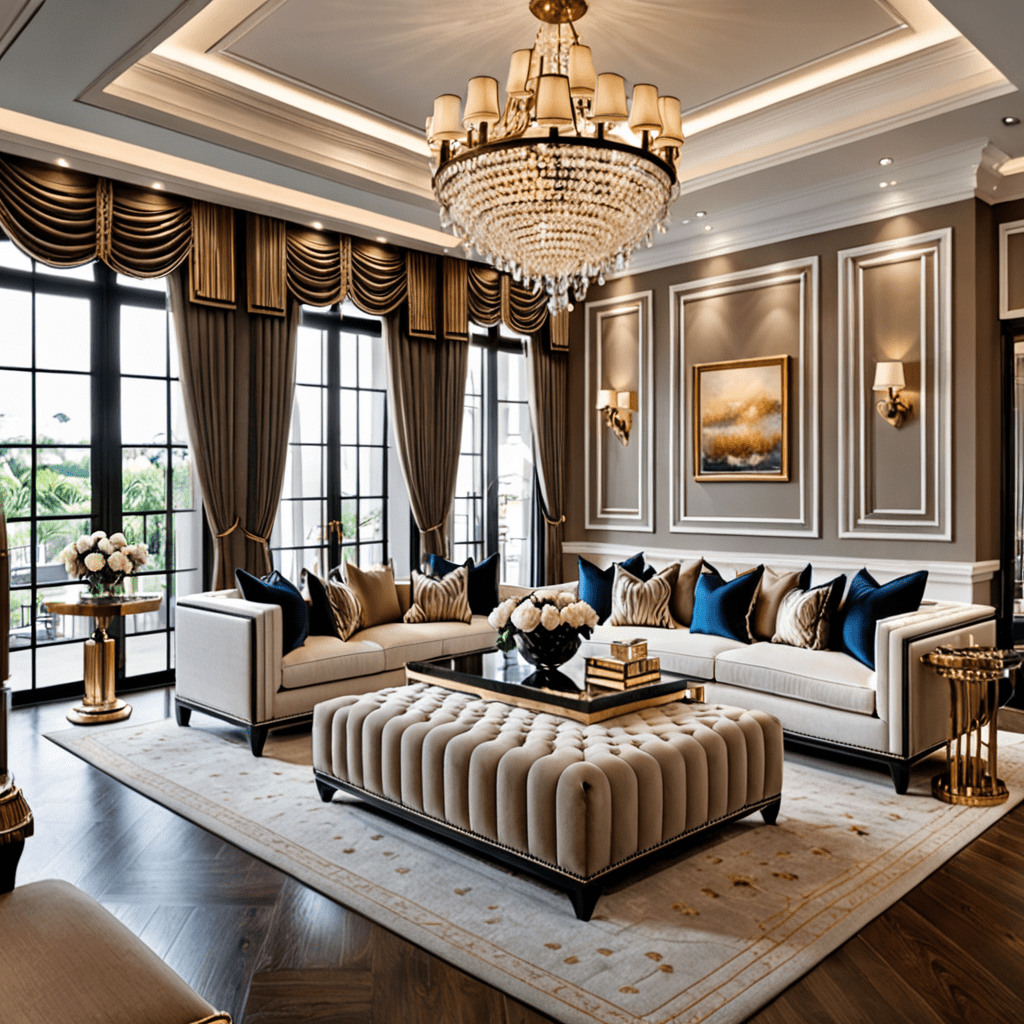The Art of Interior Design Marketing: How to Turn Your Passion Into a Career
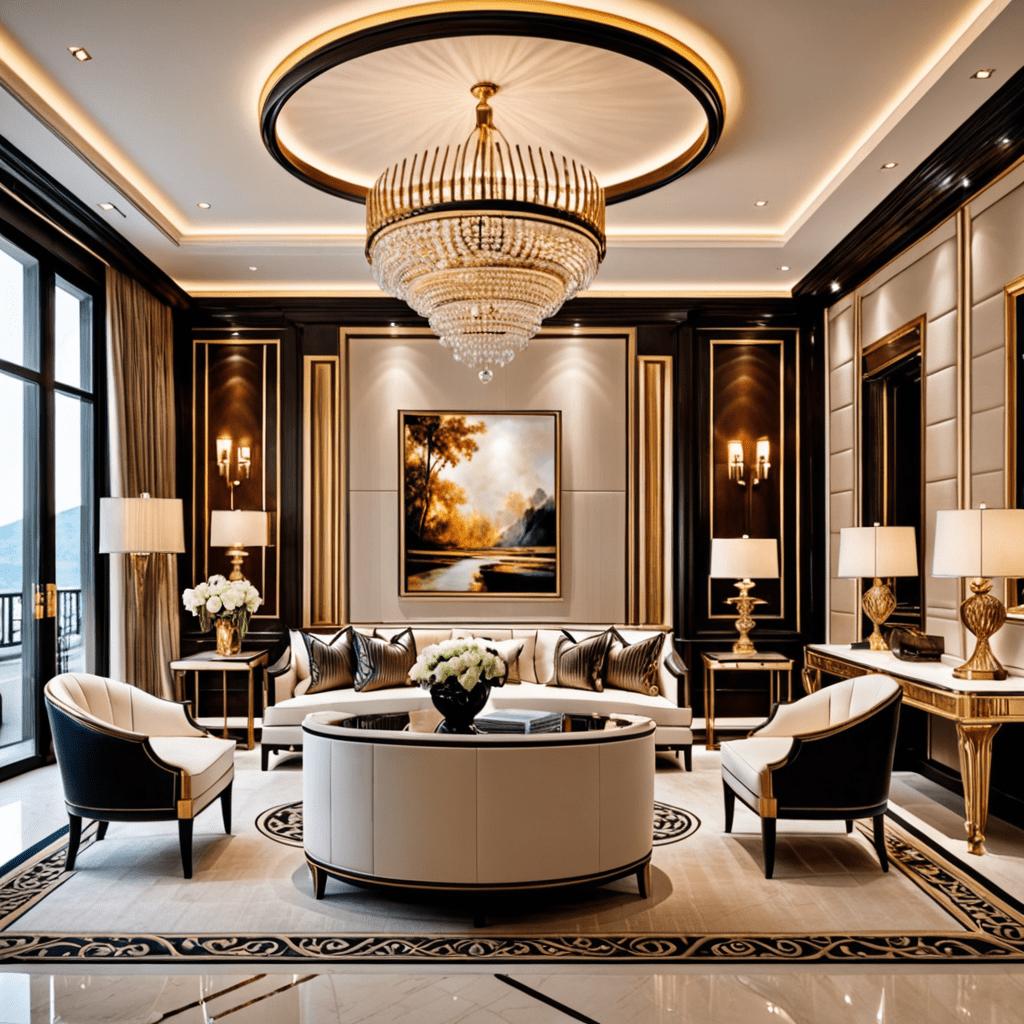

How to Effectively Market Your Interior Design Business
As an interior design professional, you understand the importance of showcasing your expertise and attracting new clients. In today’s digital age, marketing plays a vital role in growing your business and reaching a wider audience. In this article, we’ll explore some effective strategies for marketing your interior design business and establishing a strong online presence.
1. Create a Stunning Portfolio
One of the most powerful marketing tools for interior designers is a visually appealing portfolio. Your portfolio should showcase your best work, highlighting your unique design style and versatility. Include high-quality, professional photographs of completed projects, along with detailed descriptions of each design.
Utilize your website or social media platforms to display your portfolio. Make sure to optimize the images and descriptions for search engines, using relevant keywords and phrases. This will help potential clients find your work when searching for interior design services in their area.
2. Leverage Social Media
Social media platforms provide an excellent opportunity to engage with your target audience and showcase your expertise. Choose platforms that are popular among your target market, such as Instagram, Facebook, or Pinterest, and consistently post captivating content.
Share before-and-after photos of your design projects, offer tips and inspiration, and engage with your followers by responding to comments and messages. By consistently providing valuable and visually appealing content, you can attract followers who may eventually become clients or recommend your services to others.
3. Collaborate with Influencers and Bloggers
Influencer marketing has become a powerful tool for businesses across various industries, and interior design is no exception. Collaborating with influencers and bloggers in the home and design niche can help you reach a wider audience and gain credibility.
Identify influencers or bloggers whose style aligns with your own aesthetic and whose audience matches your target market. Reach out to them to discuss potential collaborations, such as featuring your work on their platforms or partnering for content creation. This can increase your visibility, attract new followers, and generate leads for your business.
4. Utilize Email Marketing
Email marketing is an effective way to nurture relationships with potential clients and stay top-of-mind with past clients. Start building an email list by offering a free resource, such as an e-book on interior design tips or a newsletter subscription.
Use email newsletters to share your latest projects, upcoming promotions, and design tips. Personalize your emails and segment your audience to ensure that your content is relevant to each recipient. Consider offering exclusive discounts or promotions to your email subscribers to encourage engagement and conversions.
5. Optimize Your Website for Search Engines
Having an aesthetically pleasing and user-friendly website is crucial for attracting and converting potential clients. However, it’s equally important to optimize your website for search engines, so your business ranks higher in relevant searches.
Some ways to optimize your website include using relevant keywords throughout your content, having a fast-loading website, and having a mobile-friendly design. Provide informative and valuable content on your website, such as blog posts on interior design tips and trends, that will attract and engage your target audience.
6. Build Relationships with Local Businesses
Collaborating with local businesses can be a win-win situation for both parties. Identify local businesses that align with your target market, such as home decor stores or furniture retailers, and explore partnership opportunities. You could offer to showcase each other’s products or services, cross-promote on social media, or even host joint events.
Building relationships with local businesses not only helps you expand your reach but also adds credibility to your brand. It shows potential clients that you are well-connected within the industry and trusted by other professionals.
FAQ
Q: How long does it take to see results from interior design marketing strategies?
A: The timeline for seeing results from your marketing efforts can vary depending on various factors, such as the strategies implemented, your target market, and the competition in your area. It’s important to be patient and consistent with your marketing efforts. While some strategies, like social media marketing, can generate quicker results, others, like search engine optimization, may take longer to see significant improvements.
Q: How much should I invest in marketing my interior design business?
A: The amount you should invest in marketing your interior design business depends on various factors, including your budget, target market, and goals. It’s important to allocate a portion of your budget specifically for marketing and to track the return on investment (ROI) for each strategy you implement. Start with a budget that is comfortable for your business and adjust it as you see which strategies are delivering the best results.
Q: How can I differentiate my interior design business from competitors in the market?
A: To differentiate your interior design business from competitors, focus on showcasing your unique style, expertise, and exceptional customer service. Consider specializing in a specific niche within the interior design industry and position yourself as an expert in that area. Invest in professional photography to capture the essence of your work and highlight the quality of your designs. Additionally, consistently delivering an exceptional customer experience will help you stand out and garner positive reviews and referrals.
Remember, effective marketing is an ongoing process that requires consistent effort and adaptation to stay relevant in an ever-changing industry. Implement these strategies, monitor their performance, and make adjustments as needed to ensure the success and growth of your interior design business.
